The story of how architect Michael Arad's visionary design transformed the footprints of tragedy into sacred spaces of remembrance. From an international competition to the powerful symbol of renewal that stands today.
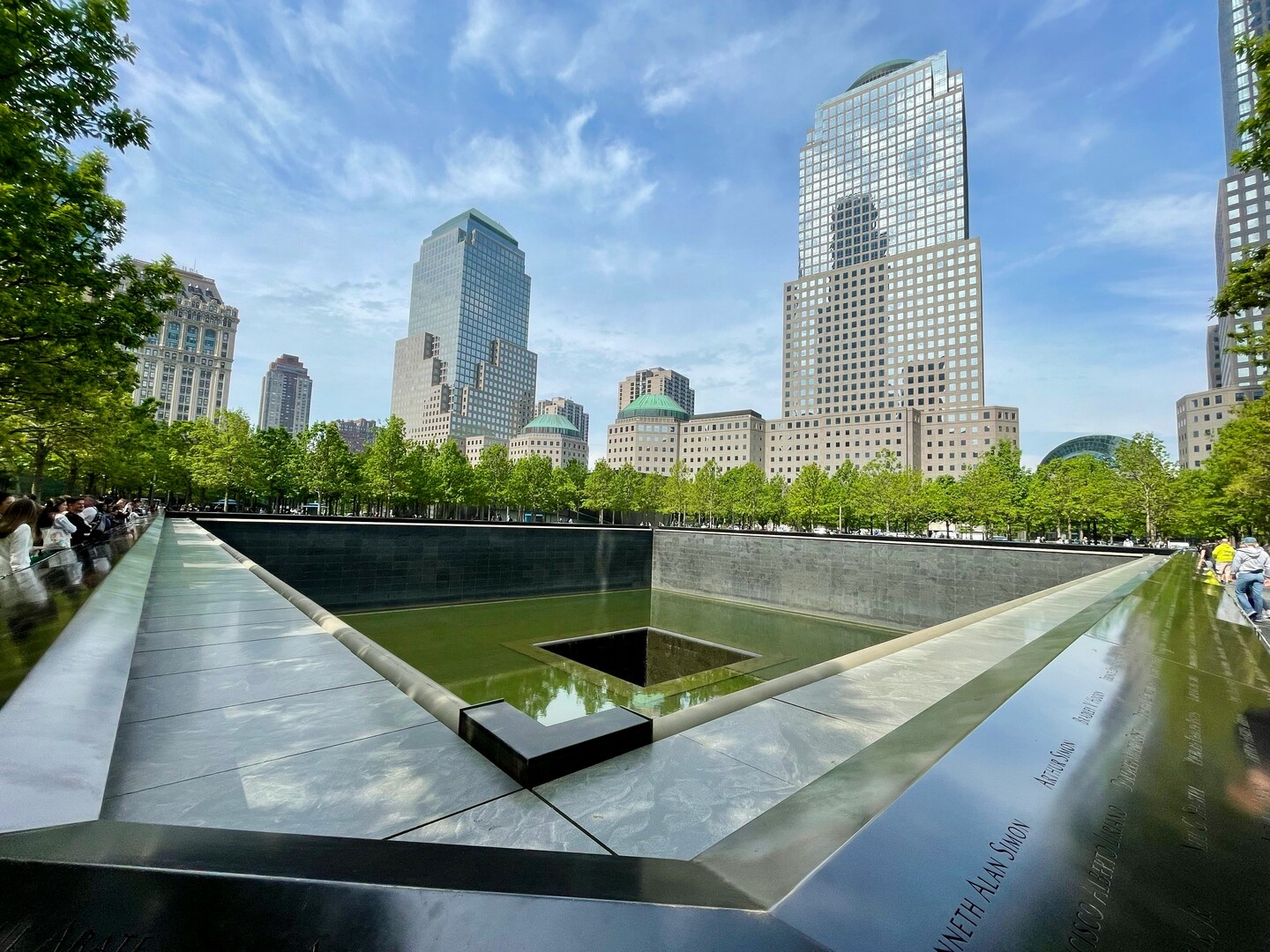
In 2003, the Lower Manhattan Development Corporation launched an international design competition for the World Trade Center Memorial. The challenge was immense: create a fitting tribute to nearly 3,000 lives lost while providing a space for reflection, remembrance, and renewal on sacred ground.
Israeli-American architect Michael Arad's design, titled "Reflecting Absence," emerged as the winning entry from 5,201 submissions worldwide. His vision transformed the void left by destruction into powerful symbols of memory and hope—two vast reflecting pools set within the exact footprints of the fallen towers.
Working with landscape architect Peter Walker, Arad refined the design to create what stands today: a memorial that honors absence while celebrating the endurance of memory, where the names of every victim are preserved in bronze and the sound of cascading water provides a sense of peace amidst the bustling city.
Visit the Memorial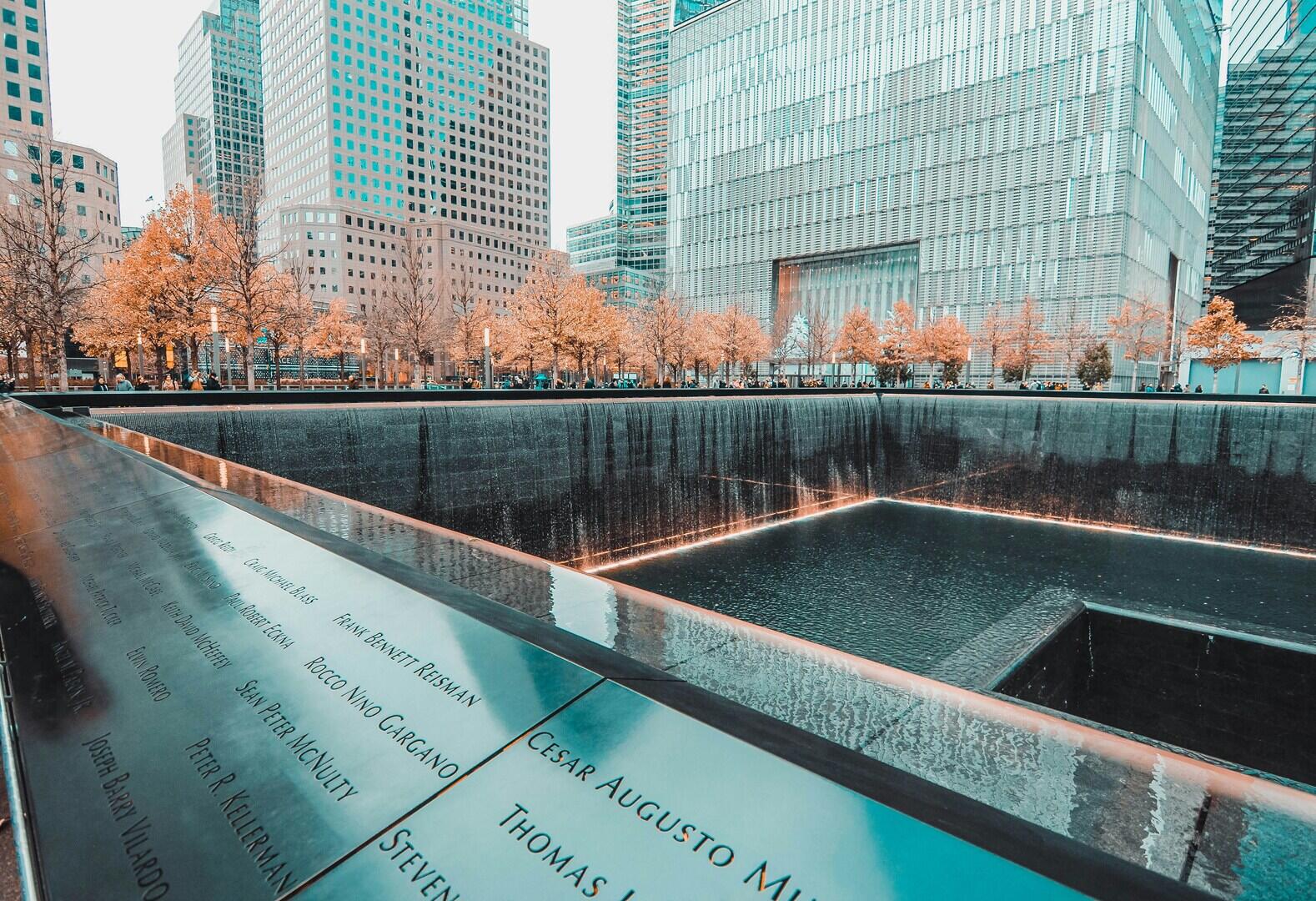
The reflecting pools occupy the exact locations where the Twin Towers stood, preserving the sacred ground and creating a direct connection to what was lost.
The design concept transforms voids of loss into spaces of contemplation, where absence becomes presence through the power of memory and reflection.
Water cascades 30 feet down the walls into the pools, then disappears into central voids, creating a continuous cycle that symbolizes renewal and the passage of time.
The arrangement of victims' names follows "meaningful adjacency," placing individuals near colleagues, friends, and loved ones to honor their relationships in life.
August 2003: The Lower Manhattan Development Corporation announces an open international design competition for the World Trade Center Memorial, seeking a design that would honor victims while serving future generations.
November 2003: Submission deadline passes with 5,201 entries from 63 nations and 49 U.S. states—the largest design competition in history. Designs ranged from traditional monuments to radical artistic expressions.
January 2004: Michael Arad's "Reflecting Absence" is selected as the winning design. The concept impressed judges with its simplicity, power, and ability to transform the absence of the towers into a meaningful presence.
2004-2006: Design development and refinement with landscape architect Peter Walker, incorporating community feedback and technical requirements while maintaining the essential vision of reflecting pools within the footprints.
September 11, 2011: The Memorial opens to the public on the 10th anniversary of the attacks, realizing Arad's vision of a place where "absence made visible" creates space for memory, reflection, and hope.
Explore the Reflecting Pools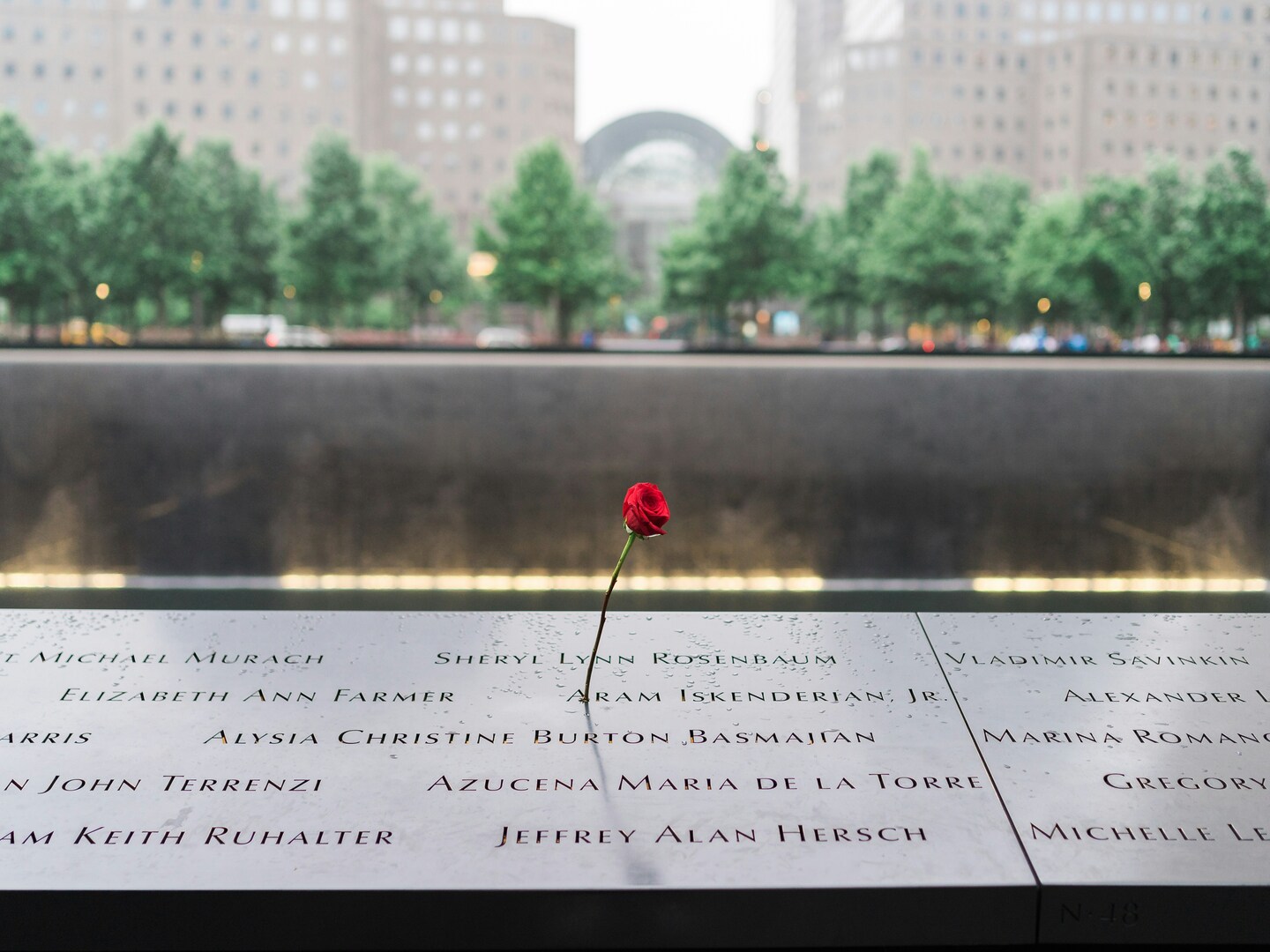
Michael Arad's central philosophy was to make absence visible—to create a physical manifestation of what was lost. The voids in the earth mark not just where the towers stood, but acknowledge the void left in countless lives.
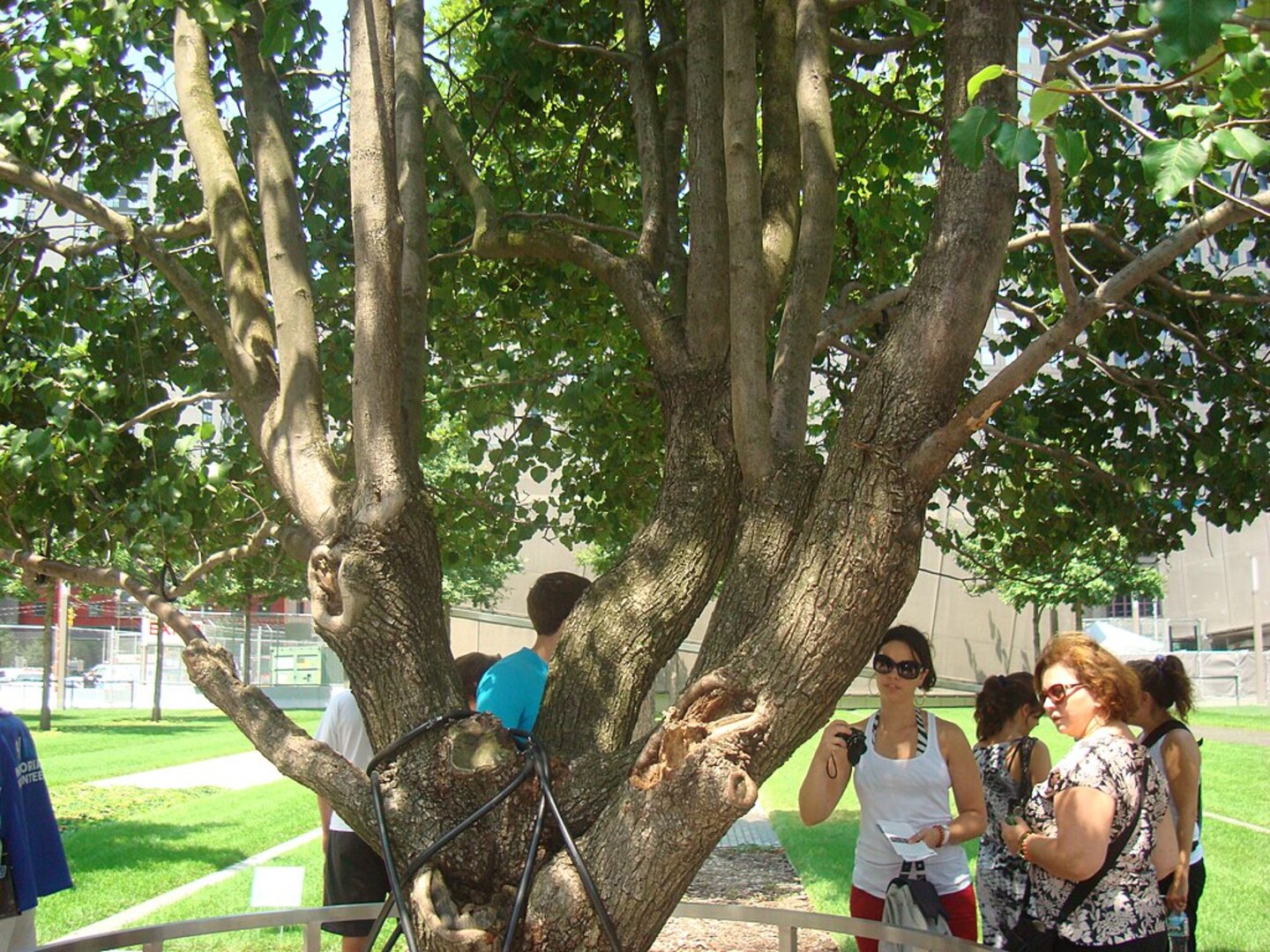
The Memorial Plaza features 400 swamp white oak trees, chosen for their strength and longevity. This forest of memory creates a natural cathedral around the reflecting pools, offering both shelter and hope.
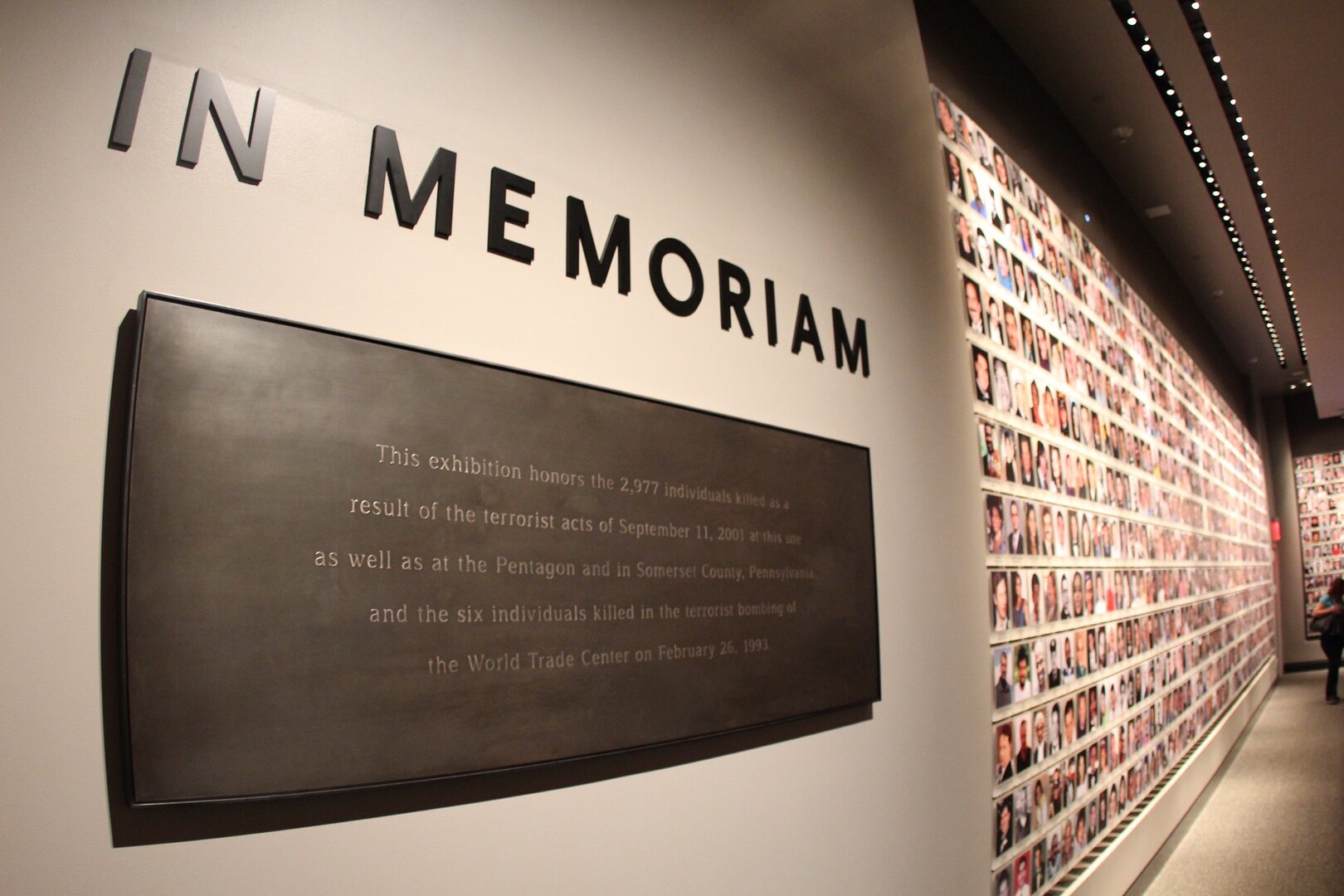
Every name is hand-cut into bronze panels surrounding the pools. The painstaking process ensures each letter is unique, just as each life lost was irreplaceable and deserving of individual honor.
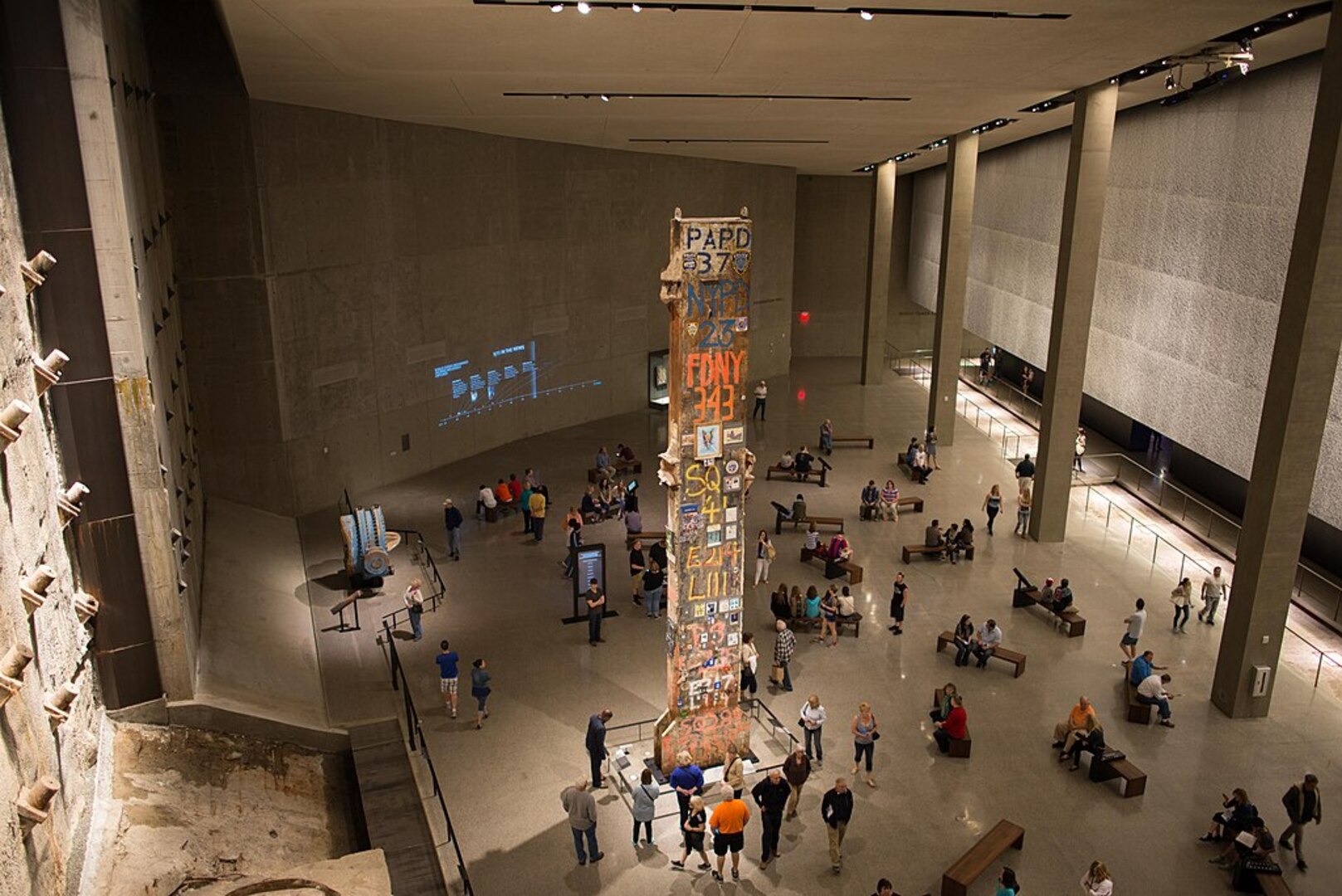
Original foundation elements, including the slurry wall and bedrock, are preserved and visible throughout the site, maintaining the authentic connection to September 11th history.